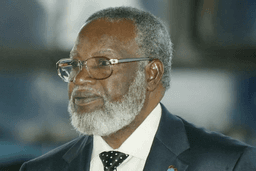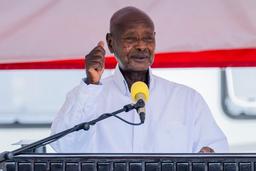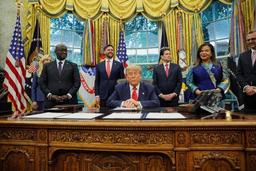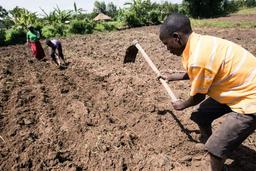Togo
Togo is a small West African nation known for its diverse culture, vibrant markets, and rich history. It borders Ghana to the west, Benin to the east, Burkina Faso to the north, and the Gulf of Guinea to the south. Despite its modest size, Togo boasts a mix of ethnic groups, languages, and religions, with Christianity, Islam, and traditional beliefs widely practiced. The country’s economy relies on agriculture, phosphate mining, and growing industrial sectors. With its coastal access and dynamic capital Lomé, Togo serves as an important trade and cultural hub in the region.


8.6

West African

56,785

GMT+0

French

West African CFA franc (XOF)

Christianity, Islam

Jean-Lucien Savi de Tové (ceremonial role)
Brief
Togo is a narrow, elongated country in West Africa stretching from the Gulf of Guinea on the south to the northern savannah regions. It covers about 56,785 square kilometers and has a population of around 8 million people. The capital city, Lomé, is a key port and commercial center, connecting Togo to international markets.
The country’s terrain varies from coastal plains to hilly and savannah regions inland, supporting diverse agriculture such as cocoa, coffee, cotton, and palm oil, which are vital to its economy. Mining, particularly phosphate extraction, also contributes significantly to national revenue.
Togo’s population is ethnically diverse, with groups such as the Ewe in the south and the Kabye in the north. This diversity is reflected in languages, cultural practices, and religious beliefs, including Christianity, Islam, and indigenous religions.
Politically, Togo is a republic with a history of relative stability, though it has faced challenges related to governance and development. The government is working toward economic reforms to improve infrastructure, education, and health services.
Tourism is growing, with attractions including beaches, national parks, and vibrant markets offering crafts and traditional goods. Despite challenges, Togo continues to develop as a unique and culturally rich country in West Africa.




National anthem
Cultural Life
Cultural milieu
Togo's cultural milieu is characterized by deep ethnic diversity, strong traditional belief systems, and the lasting legacy of colonialism. The country is home to more than 40 ethnic groups, including the Ewe in the south and the Kabye in the north, each with its own languages, customs, and social structures. While French is the official language due to Togo’s history as a former French colony, indigenous languages such as Ewe and Kabye are widely spoken and remain central to cultural identity.
Traditional religion, particularly Vodun (Voodoo), continues to play a major role in Togolese life, especially in the southern regions, coexisting alongside Christianity and Islam. Spiritual practices, ancestral worship, and ceremonies involving music, dance, and ritual objects are not only religious expressions but also vital elements of social cohesion and identity. The communal way of life, with emphasis on extended families and age-based hierarchies, reflects deeply rooted social values where elders hold respected authority.
The arts ranging from drumming and dance to sculpture and textile work are closely tied to rituals and daily life. Events like the Evala wrestling festival in the north or traditional Vodun festivals in the south are powerful public expressions of cultural continuity. Urban centers such as Lomé reveal a more modern, hybrid cultural space where global influences mix with local traditions in media, fashion, and youth expression.
Togo’s cultural milieu, then, is a dynamic interplay of ancient traditions, colonial legacies, and contemporary transformation, shaped by its geographic, ethnic, and historical complexity.
Daily life and social customs
Daily life in Togo is centered around family, community, and tradition, with a rhythm that varies between rural and urban settings. Most people live in extended family units, where elders are respected and hold authority in both domestic and community matters. Daily routines often begin early, especially in rural areas where agriculture is the main livelihood, and families work together in fields, tend livestock, or engage in small-scale trading. In urban centers like Lomé, life is faster-paced, with more access to formal employment, education, and modern amenities, yet traditional values still strongly influence behavior and social structure.
Social customs emphasize politeness, respect, and hospitality. Greetings are not just casual; they are a sign of respect and are often elaborate, especially when addressing elders. People take time to ask about each other’s well-being before beginning any discussion. Physical gestures, such as a handshake supported by the opposite hand or a slight bow, signal deference, particularly in interactions between younger and older individuals.
Religious and spiritual life plays a vital role in shaping daily activities and worldviews. Many people practice a blend of Christianity or Islam with indigenous beliefs, particularly Vodun, which remains influential in many communities. Ancestral worship, offerings, and community rituals are integrated into everyday life, guiding moral conduct and social harmony.
Meals are shared affairs, usually eaten communally and prepared using local staples such as maize, cassava, yams, and millet. Food is eaten by hand, typically the right hand, as the left is considered impolite for eating or greeting. Traditional attire, often made from brightly colored, patterned fabrics, is worn proudly, especially during festivals or religious ceremonies, though Western clothing is increasingly common in cities.
Despite modern influences, Togolese society remains rooted in customs that promote unity, respect, and interdependence. Whether in bustling markets or quiet villages, daily life is shaped by a strong sense of belonging and shared responsibility.


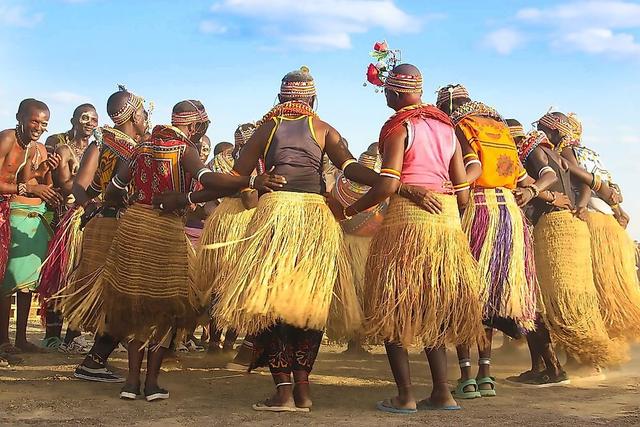
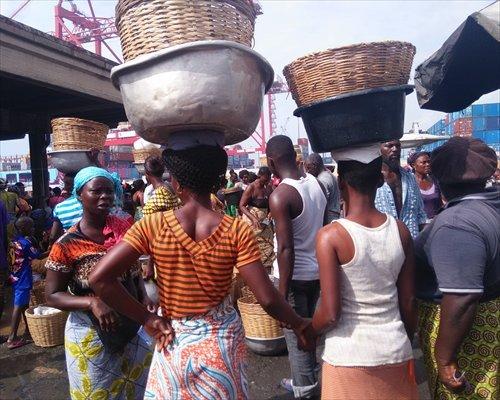
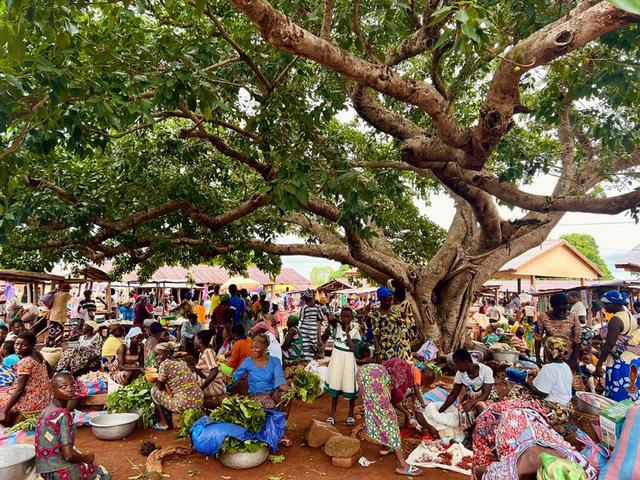
Cuisine
Togolese cuisine is a rich and flavorful reflection of the country’s ethnic diversity, agricultural base, and regional influences. It is built on staples like maize, cassava, yams, and rice, paired with hearty sauces and seasoned with local spices, fermented ingredients, and palm oil. Meals are usually communal and eaten with the right hand, often without utensils, especially in traditional settings.
A central feature of Togolese cuisine is the use of starchy foods such as fufu (pounded yam or cassava), pâte (a thick maize or millet porridge), and akoumé, which are typically served with various sauces. These sauces may be based on tomatoes, groundnuts (peanuts), okra, or leafy greens such as spinach or bitterleaf, and are often flavored with smoked fish, dried shrimp, chili, ginger, and fermented locust beans.
Fish is a dietary mainstay, especially along the coast, and is commonly grilled, stewed, or dried. In inland areas, chicken, goat, or bush meat may be more common. Street food is also an essential part of urban life, offering affordable and flavorful options such as brochettes (grilled meat skewers), togolese doughnuts (beignets), grilled corn, and akpan (fermented corn yogurt).
Palm wine and millet beer are traditional beverages, often consumed in rural areas or at celebrations, while fresh fruit juices made from mango, pineapple, or baobab are popular in homes and markets. Meals are not only about sustenance but are also important social rituals, with food serving as a symbol of hospitality, unity, and identity across Togo’s many cultural groups.
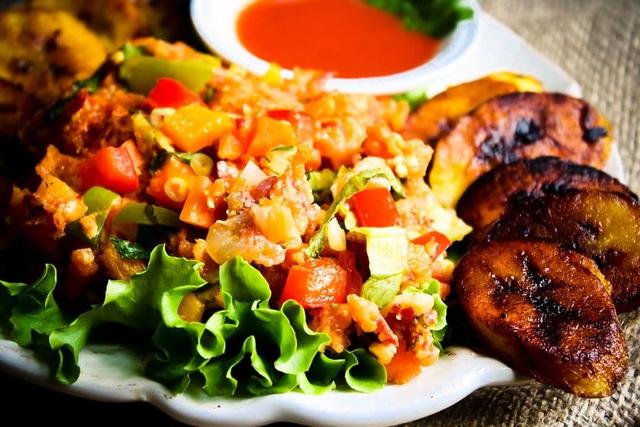
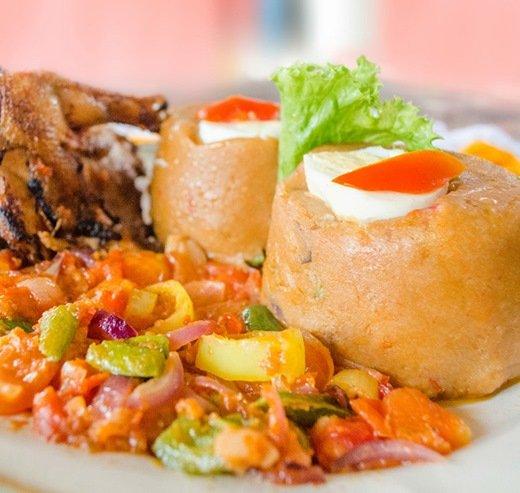


Music
Music in Togo is a powerful cultural force, deeply rooted in tradition and woven into the fabric of daily life, rituals, and celebrations. It serves as a medium for storytelling, social commentary, spiritual connection, and community bonding. Each ethnic group in Togo has its own musical styles, instruments, and performance practices, yet all share a common emphasis on rhythm, call-and-response singing, and participatory performance.
Traditional Togolese music prominently features percussion. Drums of various sizes—such as the talking drum and kaganu—form the heartbeat of many performances, often accompanied by bells, rattles, flutes, and stringed instruments like the kora or gonjé. Music is rarely performed solo; it is communal, with dancers and singers interacting closely with drummers in a highly energetic and expressive form. Songs mark life events such as births, funerals, weddings, and initiations, and are also used in religious ceremonies, particularly in Vodun practices where music is believed to invoke spirits.
In the south, the Ewe people are known for their intricate drumming ensembles and dances like Agbadza, which is performed during festivals and funerals. In the north, among the Kabye and Tem peoples, music often accompanies wrestling rituals and harvest festivals, with a different set of instruments and tonalities.
Modern Togolese music blends traditional elements with contemporary genres. Highlife, Afrobeat, hip hop, coupé-décalé, and reggae have all gained popularity, especially among urban youth. Artists like King Mensah, a pioneer of modern Togolese music, fuse folk rhythms with modern instruments and socially conscious lyrics. Radio, mobile phones, and internet platforms have expanded the reach of local music, allowing a new generation of artists to innovate while keeping traditional roots alive.
In Togo, music is more than entertainment—it is a vibrant expression of identity, history, and community life.




HighLife Medley
Hiphop
coupé-décalé
The arts
The arts in Togo are deeply expressive and rooted in spiritual, social, and historical traditions. They encompass a wide range of forms—wood carving, textile weaving, pottery, beadwork, dance, and oral storytelling—all of which serve not only aesthetic purposes but also cultural, religious, and communal functions.
Traditional sculpture, especially wood carving, is one of the most recognized art forms in Togo. Artisans produce masks, statues, and ceremonial objects used in religious rituals, particularly in Vodun and ancestor worship. These carvings are often symbolic, representing spirits, animals, or ancestors, and are believed to carry spiritual power. They are typically crafted with great attention to detail and passed down through generations of craftsmen.
Textile arts are also prominent, especially the weaving and dyeing of colorful fabrics. Togolese artists create intricate designs using hand-dyed techniques such as batik and tie-dye, often with symbolic patterns that reflect proverbs, social status, or ethnic identity. These fabrics are worn during festivals, ceremonies, and everyday life, reinforcing cultural continuity and identity.
Dance and performance art are central to cultural expression. Dance is not merely entertainment but a form of communication, storytelling, and religious invocation. Dancers often wear elaborate costumes and masks, and performances are accompanied by live drumming and singing. Ritual dances such as Agbadza (Ewe) or Evala wrestling celebrations (Kabye) are both athletic and artistic, blending movement with meaning.
Storytelling and oral literature also play a key role. Griots, or traditional storytellers, preserve history, moral lessons, and communal memory through spoken word, song, and music. Their performances are often interactive, engaging listeners in communal reflection and education.
Contemporary Togolese artists are exploring new forms, mixing traditional themes with modern media like painting, sculpture, photography, and digital art. In urban centers such as Lomé, galleries, craft markets, and street murals are emerging spaces where artists express social critique, national pride, and global perspectives.
In all its forms, the arts in Togo are not separate from life—they are a vital, living part of everyday experience, identity, and spirituality.





People
Ethnic groups
Togo is home to a rich tapestry of over 40 ethnic groups, each with its own language, traditions, and social structures. This diversity is one of the defining features of the country's cultural landscape, with the major groups spread across geographic regions from the coast to the northern savannas. Despite their differences, these groups often coexist and interact through trade, marriage, migration, and shared national identity.
The Ewe are the largest ethnic group, primarily found in the southern part of Togo, including the capital Lomé. They are known for their rich musical and dance traditions, such as Agbadza, and their involvement in trade and politics. The Mina people, closely related to the Ewe, also inhabit southern Togo and are historically linked to coastal commerce and the spread of Christianity and formal education during the colonial period.
In central Togo, the Tem (Kotokoli) and Tchamba are significant groups, with strong Islamic influences and traditions of leadership and conflict resolution through chieftaincies. The Kabye (or Kabre), dominant in the north, are known for their agricultural lifestyle, military service, and the Evala initiation wrestling ceremony, a major rite of passage for young men. The Kabye have had considerable political influence in Togo’s post-independence history.
Other notable groups include the Gurma, Moba, Bassari, and Lossos in the north and northeast, many of whom maintain traditional animist beliefs and rural farming livelihoods. Smaller coastal groups like the Guin and Watchi are culturally connected to neighboring ethnic communities in Benin and Ghana.
Despite ethnic distinctions, Togo has fostered a relatively stable coexistence, aided by intermarriage, bilingualism, and shared cultural practices. However, ethnic identity still plays a role in regional politics, local governance, and social organization. In many parts of the country, traditional leaders and elders from specific ethnic groups continue to guide community life, mediate disputes, and oversee cultural ceremonies.
Togo’s ethnic diversity is not just a demographic fact—it is a living cultural legacy that shapes everything from language and music to governance and spirituality.




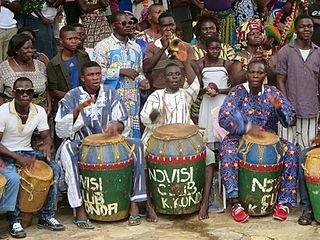
Religion
Religion in Togo is deeply woven into daily life, cultural identity, and social organization, with a complex blend of traditional African beliefs, Christianity, and Islam. Rather than existing in isolation, these faiths often overlap, creating a religious landscape where syncretism—the blending of spiritual practices—is common and widely accepted.
A significant portion of the population adheres to traditional religions, especially in rural areas. These belief systems are rooted in ancestor worship, nature spirits, and Vodun (Voodoo) practices, particularly among the Ewe and Mina in the south. Vodun is not merely a religion but a way of life, involving rituals, dance, drumming, spirit possession, and offerings at shrines or sacred groves. Deities are believed to inhabit natural elements such as rivers, trees, and rocks, and spiritual specialists—such as priests, diviners, and healers—play important roles in community life.
Christianity, introduced by European missionaries during the colonial period, is widely practiced and is most prevalent in the south and urban areas. Roman Catholicism is the largest denomination, followed by Protestant churches and a growing number of Evangelical and Pentecostal movements. Many Christians incorporate traditional elements—such as libations to ancestors or attendance at Vodun ceremonies—into their religious life.
Islam is strongest in the central and northern regions, especially among ethnic groups like the Tem, Fulani, and some Kabye. Most Togolese Muslims are Sunni, and their practices include daily prayer, fasting during Ramadan, and the use of Arabic in religious education. Islamic influence is visible in community structures, dress, and educational institutions.
Religious coexistence is generally peaceful in Togo. It is common for families or communities to include members of different faiths, and for individuals to participate in multiple religious traditions depending on the occasion. Public holidays reflect this diversity, with both Christian and Muslim celebrations recognized nationally.
In essence, religion in Togo is not a rigid system but a dynamic and inclusive element of life, shaping moral values, social norms, festivals, and the rhythms of everyday experience.

Settlement patterns
Togo's settlement patterns reflect a blend of traditional rural life and growing urbanization. Most of the population lives in small villages, especially in rural areas where communities are organized by ethnic and family ties. These villages are typically close to farmland and natural resources, with homes made from local materials like mud bricks and thatch. In the north, settlements are more spread out due to the drier climate and agricultural needs.
The south, particularly around Lomé, is more densely populated and urbanized. Urban centers like Lomé and Kpalimé are expanding rapidly due to migration from rural areas in search of education, jobs, and services. These cities are marked by a mix of modern development and informal housing. Towns in central regions often act as trade hubs, maintaining traditional structures while slowly urbanizing.
Overall, Togo’s settlement reflects a contrast between deeply rooted rural traditions and the growing influence of urban life, shaped by geography, economic activity, and cultural identity.

Urban centers in Togo are rapidly growing and serve as vital hubs for commerce, governance, education, and culture. Concentrated mainly in the southern part of the country, these cities reflect a dynamic mix of traditional lifestyles and modern development. Lomé, the capital and largest city, dominates as the country's economic and administrative core, with a busy port and expanding infrastructure. Other important cities like Kpalimé, Sokodé, Kara, and Aného contribute to regional trade, cultural identity, and local governance. While urban centers offer more services and opportunities, they also face challenges such as overcrowding, informal housing, and limited employment. Together, Togo’s cities are central to its national development, linking rural areas with global networks while evolving as spaces of cultural and economic change


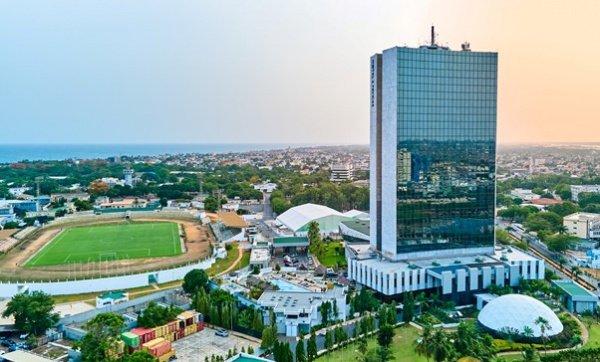

Rural centers
Rural centers in Togo are vital to the country's identity and economy, with most of the population living in small, agriculture-based communities. Life in these areas revolves around farming, family, and tradition, with limited access to modern infrastructure and services. Homes are typically built from local materials, and communities are led by traditional chiefs or elders. Despite development challenges, rural areas remain culturally rich, preserving traditional music, festivals, and spiritual practices. These centers are slowly evolving, balancing deep-rooted customs with gradual modernization through education and development efforts.
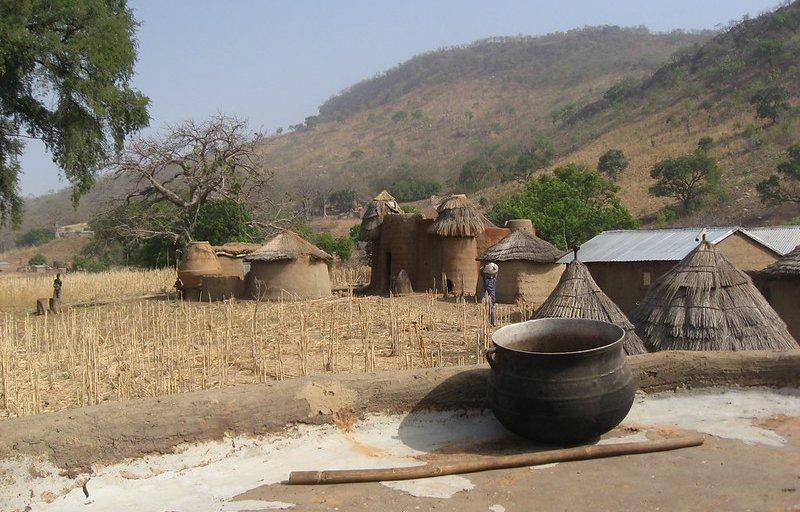
Demographic trends
Togo’s demographic trends reflect a rapidly growing and youthful population undergoing gradual transition. The country’s population is estimated at over 9.6 million in 2025, with an annual growth rate of about 2.2%. The population is extremely young, with nearly 60% under the age of 25 and a median age of just 19.1 years, placing significant pressure on the education system, job market, and public services. Fertility rates have declined over recent decades, from nearly seven children per woman in the 1980s to just over four today, signaling a shift toward smaller family sizes and slower population growth. Urbanization is accelerating, with about 45% of the population now living in cities, particularly in the south, though the majority still reside in rural areas. Life expectancy is slowly improving, now averaging around 63 years, though infant and child mortality rates remain relatively high. The dependency ratio is also high, with a large portion of the population still reliant on a relatively small working-age group. Togo is beginning to implement policies aimed at capitalizing on its demographic dividend by investing in youth, education, and economic opportunity, but sustained progress will depend on effective long-term planning and infrastructure development.
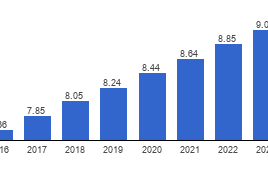
Touristic Cities
Aného
Aného is a historic coastal town in southeastern Togo, once the capital under German and French rule. It features well-preserved colonial and Afro-Brazilian architecture, including notable churches and a German cemetery. The town is a cultural and spiritual center for the Guin-Mina people and a hub for Vodun traditions, with nearby sacred sites and festivals. Situated between the Atlantic Ocean and Lake Togo, Aného offers peaceful beaches, a fishing port, and scenic coastal paths. It also has a regional museum and a vibrant craft scene. Current efforts aim to develop cultural tourism by promoting local history, crafts, and heritage.




Kpalimé
Kpalimé is a scenic town in Togo’s Plateaux Region, known for its lush landscapes, including Mount Agou—the country’s highest peak—and beautiful waterfalls. It features colonial-era landmarks like the Holy Spirit Cathedral and Château Viale. The town is a vibrant center for traditional crafts such as wood carving and weaving, and is surrounded by cocoa and coffee plantations. With a cooler, tropical climate, Kpalimé offers a peaceful retreat rich in natural beauty, cultural heritage, and artisanal activity.
Sokodé,
Sokodé is Togo’s second-largest city, located in the central region, and serves as a key cultural and economic hub for the Tem (Kotokoli) people. It is known for its vibrant markets, traditional festivals, and strong Islamic influence. The city hosts lively wrestling events and colorful ceremonies that reflect its rich heritage. Sokodé acts as a gateway to northern Togo and surrounding rural areas, blending tradition with growing urban development
Kara
Kara, in the north, serves as a cultural and administrative hub for the Kabye people and is known for its Evala wrestling festival—a major initiation rite and tourist draw. The surrounding region also features traditional villages, craft markets, and access to the Togo Mountains.




Accomodation
Guest houses
Guest houses in Sokodé offer affordable and welcoming accommodations, typically priced between $13–$20 USD per night. Popular options include Sokodé Chambre Double Chez Ma Maison, known for its comfort and local charm, and Chez Jean-Claude & Déhina, a friendly B&B with a personal touch. For those seeking a more immersive experience, a nearby farm stay offers rustic lodging in traditional huts or yurts. Overall, Sokodé’s guest houses provide simple, clean, and culturally rich stays ideal for travelers exploring central Togo.



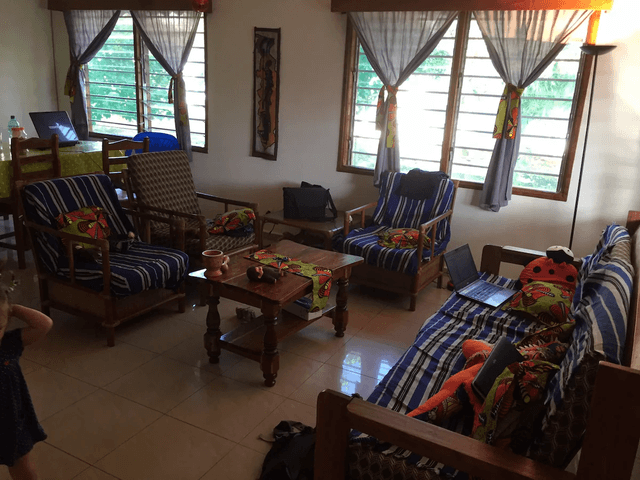
Hotels and resorts
Hotels and resorts in Sokodé are mostly modest, affordable, and locally run, offering basic comfort for travelers. Popular options include Hotel Central, known for its garden setting and central location, and Hôtel Bel Air, which offers air-conditioned rooms and modern amenities. Prices typically range from $20 to $45 USD per night, with services like on-site dining, parking, and Wi-Fi available in many places. While luxury resorts are not common, these hotels provide reliable accommodations ideal for tourists, business visitors, or those passing through central Togo.




Camping
Camping in Togo remains a niche but rewarding experience, offering adventurous travelers the chance to immerse themselves in the country’s natural and cultural landscapes.
In Fazao‑Malfakassa National Park, Togo’s largest protected area (~1,920 km²), camping is allowed in designated areas. Visitors can hike diverse terrain—savannah, woodland, gallery forest, and mountain ridges—spot wildlife like elephants, duikers, antelope and over 240 bird species, and enjoy nights under starry skies. The park is accessible via 4×4 from Lomé (around 5 to 6 hours), best visited between November and April, the dry season when trails are passable and wildlife is active.
In and around Kpalimé and the Plateaux Region, eco-lodges and rural accommodations such as Campement de Klouto near Kpalimé offer rustic camping-like experiences—though more like eco-stays than wilderness camps, these sites are close to hiking trails, waterfalls, and forest reserves like Misahöhe or Kamalo Falls.
For those preferring simple and immersive travel, backpacker-style camping may be possible in villages with permission, or via organized tour operators offering guided camping experiences—particularly around natural attractions or community tourism initiatives.




Requirements for Visa
Documents to be submitted for your application
- Completed Visa Application Form
- Filled and signed (available online or from the Togolese embassy/consulate).
- Valid Passport
- Must be valid for at least 6 months from the date of entry.
- At least one blank visa page.
- Passport-size Photographs
- Usually two recent color photos, standard size (e.g. 4.5cm x 3.5cm).
- Proof of Travel
- Flight reservation or travel itinerary.
- Proof of Accommodation
- Hotel booking or invitation letter from a host in Togo.
- Yellow Fever Vaccination Certificate
- Mandatory for entry; must be presented at the border or with visa application.
- Proof of Financial Means
- Bank statements or letter of sponsorship (for long stays).
- Visa Fee Payment Receipt
- Payment varies by country and visa type.
At the time of visa issuance, please provide the following documents
- Present your valid passport
- Show your visa approval confirmation
- Submit the completed visa application form
- Provide passport-sized photographs
- Present proof of travel
- Show proof of accommodation
- Provide your yellow fever vaccination certificate
- Submit proof of visa fee payment
- Provide additional documents if required
Economy of Togo
Agriculture, forestry, and fishing
Agriculture, forestry, and fishing are vital sectors in Togo’s economy, providing employment for a large portion of the population and contributing significantly to both subsistence and export activities. Agriculture dominates, with crops like maize, cassava, yams, millet, sorghum, and cotton grown widely. Cash crops such as cocoa, coffee, and palm oil are important for export revenue. Forestry resources include valuable hardwoods and provide timber and non-timber products, though overexploitation is a concern. Fishing, mainly artisanal, is practiced along Togo’s Atlantic coast and inland water bodies, supplying local markets with fish but facing challenges like overfishing and environmental degradation. Overall, these sectors remain crucial for rural livelihoods and food security in Togo.
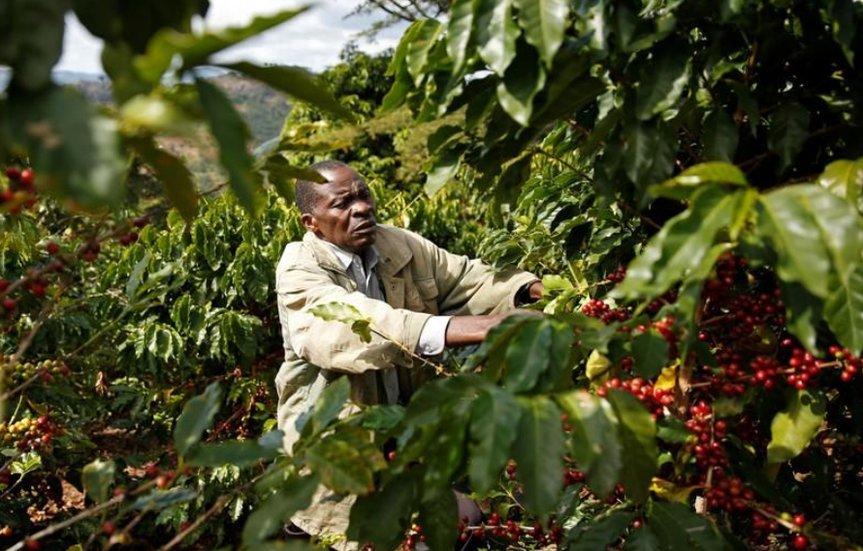
Resources and power
Togo’s resources and power sector is modest but developing. The country has limited mineral resources, though it is a leading global exporter of phosphate, which remains its most important natural resource. Other mineral deposits include limestone, marble, and small quantities of gold and iron ore.
In terms of energy, Togo relies heavily on imported electricity, primarily from Ghana and Nigeria, though it has domestic hydroelectric and thermal power plants. The Nangbeto Dam on the Mono River is a key source of hydroelectricity. Solar energy is gaining attention, especially for rural electrification projects.
Biomass (like firewood and charcoal) remains the primary energy source for many households, especially in rural areas, raising concerns about deforestation. The government is working on expanding renewable energy access and reducing dependency on imports to improve national energy security
Manufacturing
Togo’s manufacturing sector is small but growing, contributing around 12–13% of GDP. Key industries include textiles, agro-processing (like cocoa and mangoes), cement production, and light manufacturing. Major projects like the Plateforme Industrielle d’Adétikopé (PIA) aim to boost exports and job creation. Despite challenges such as limited infrastructure and competition from imports, the government is focusing on industrial reforms, value chain development, and attracting investment to strengthen the sector and support economic diversification.
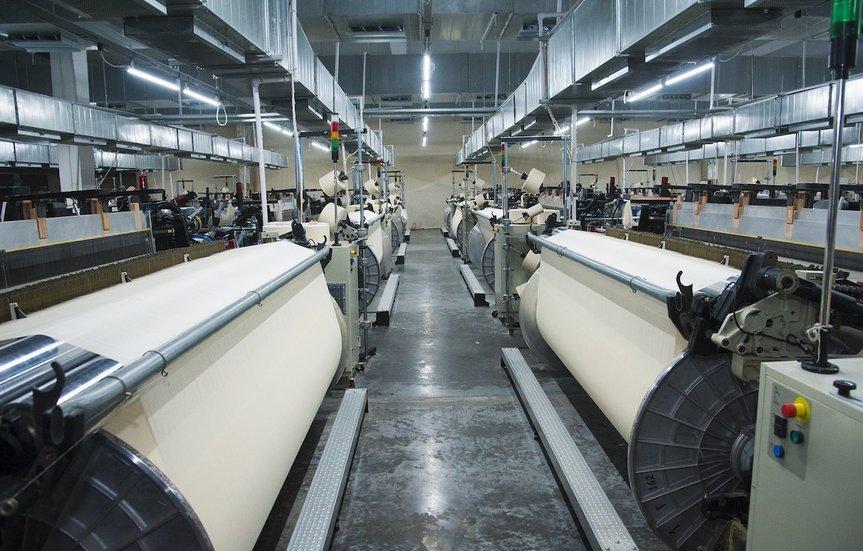
Finance
Togo’s finance sector is expanding steadily, driven by strong growth in banking, microfinance, and financial inclusion. As of 2025, bank loans increased by 19%, with 14 active banks and over 70 microfinance institutions serving more than 4 million people. Financial inclusion is high, with around 87% of the population using financial services. Trade finance is also growing, supported by international partners like the IFC and FAGACE. The government is focusing on reforms to strengthen credit systems, support private sector lending, and enhance financial infrastructure through digital tools and regulation.

Trade
Togo’s trade sector is vital to its economy, making up around 61% of GDP. The country exports goods like phosphates, plastics, cocoa, and cotton, mainly to India, Burkina Faso, and France, with total exports reaching about US $1.4 billion. However, imports—especially fuel, vehicles, and machinery—far exceed exports, leading to a trade deficit of about US $1.6 billion. Togo benefits from strategic trade access through the Port of Lomé and regional blocs like ECOWAS and WAEMU, but still faces challenges with low value addition and overreliance on raw exports. Efforts are underway to diversify trade and boost industrial exports.

Labour and taxation
Togo’s labor laws provide for a 40-hour workweek, paid annual leave, overtime pay, and maternity/paternity leave. The minimum wage was increased to CFA 52,500/month, though enforcement varies. Workers can join unions, but union participation is low. Employers contribute 22.5% to social security, while employees contribute 9%. Personal income tax is progressive, ranging from 0% to 35%, and corporate tax stands at 27%. VAT is 18%. While regulations are in place, enforcement and coverage are stronger in the formal sector than in informal employment.
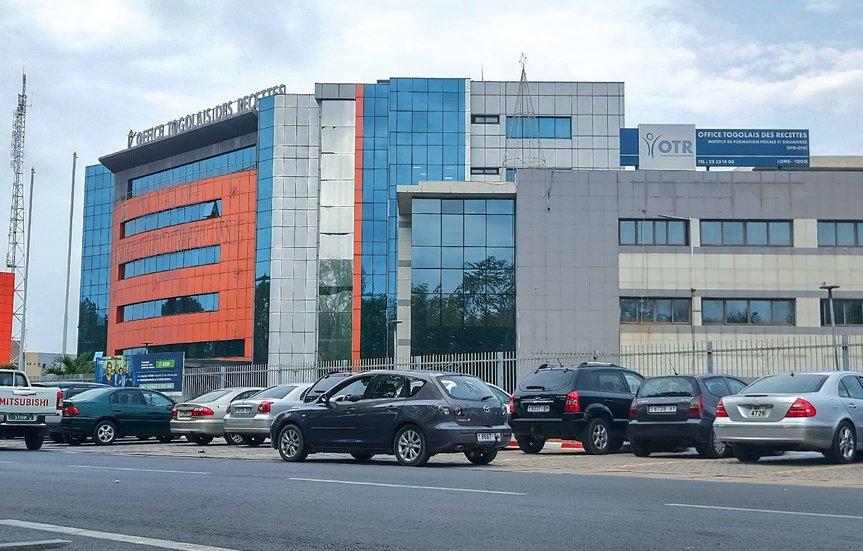
Transportation and telecommunications
Togo’s transportation system includes a mostly unpaved road network of about 11,700 km with key highways connecting major cities and neighboring countries. The Port of Lomé is a major regional hub, while rail services focus mainly on freight. Air travel centers on Lomé’s international airport. Urban transport relies on buses, taxis, and moto-taxis. Telecommunications have rapidly improved, with around 78% mobile penetration and growing internet access boosted by new fiber infrastructure and the landing of the Equiano subsea cable. Regulatory reforms have enhanced competition and service quality, supporting Togo’s development as a regional transport and digital hub.
Latest News in Togo
Politics
The first president of independent Namibia, Sam Nujoma, has died at the age of 95 in the capital Windhoek, the country's current leader has announced.
Politics
Ugandan President Yoweri Museveni has officially announced his intention to seek re-election in the 2026 presidential race, extending his nearly four-decade rule. Museveni, who has been in power since 1986, is once again positioning himself as the steady hand guiding Uganda through challenges. His decision has sparked mixed reactions, with supporters praising his leadership and longevity, while critics call for fresh leadership and political reform. As the nation looks ahead to the 2026 elections, Uganda braces for a heated political contest.
Politics
Peace Agreement with DRC Rwanda and the Democratic Republic of Congo (DRC) signed a U.S.-brokered peace deal aimed at ending conflict and promoting regional trade. Rwanda agreed to stop supporting armed groups like M23 rebels, though it denies involvement. Tensions remain, and President Kagame is cautious about whether the peace will last.
Wildlife
Tanzania has announced that all foreign tourists visiting Mainland Tanzania will be required to purchase a mandatory travel insurance policy upon arrival, beginning January 2026. The new regulation, issued by the Ministry of Finance on July 4, 2025, is part of the government reforms in the country’s 2025/26 financial year agenda. According to the notice, the measure will apply to all non-citizens, with the exception of visitors from countries that are part of the East African Community (EAC) and the Southern African Development Community (SADC). Citizens from these regions will continue to be exempt from the requirement.
Environment
In light of the growing food insecurity crisis across many African nations, heads of state and agriculture experts gathered in Nairobi, Kenya, this week to discuss solutions to address food shortages, especially in regions severely affected by climate change, political instability, and economic challenges. The two-day summit, titled “Agriculture and Climate Resilience: A Pan-African Strategy”, brought together government officials, NGOs, scientists, and international organizations to create a comprehensive strategy to improve agriculture, nutrition, and sustainable food systems across the continent.
Tech & Science
In 2025, Artificial Intelligence (AI) isn’t just a futuristic buzzword - it’s the secret weapon behind some of the world’s most successful content creators. From bloggers and YouTubers to podcasters and marketers, AI-powered tools are changing the way we brainstorm, write, design, and edit. If you've ever struggled with writer’s block, lacked design skills, or wished for faster content creation - AI might be your best assistant yet. Here’s how AI is revolutionizing the creative industry and how you can use it to boost your projects.
